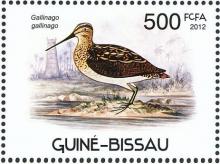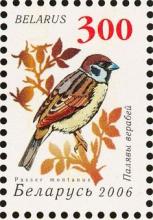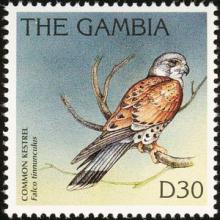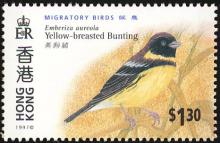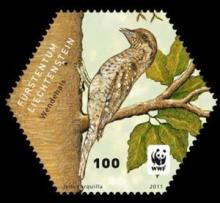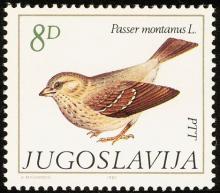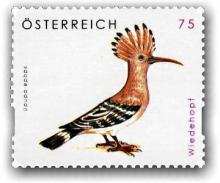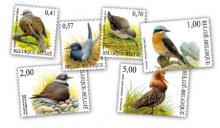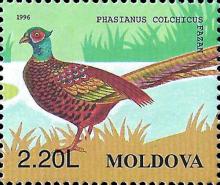Massives Artensterben in Brandenburg
- Lees meer over Massives Artensterben in Brandenburg
- Login om te reageren
Die Naturschutzbehörde schlägt Alarm: In Brandenburg sind in den letzten Jahren die Bestände vieler Vogelarten stark zurückgegangen. Kiebitze (Vanellus vanellus), Rotschenkel (Tringa totanus), Uferschnepfen (Limosa limosa) und Bekassinen (Gallinago gallinago) sind inzwischen sogar vom Aussterben bedroht. Der Hauptgrund für das Vogelsterben ist laut Naturschutzbehörde die intensive Landwirtschaft, die ohne Rücksicht in den Brutgegenden vieler Vögel betrieben werde.

